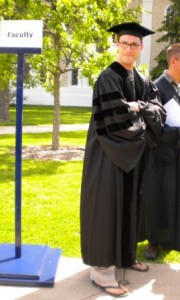
Although it’s a little late in the game, Carnegie Mellon statistician Chad Schafer helps to usher in the International Year of Statistics in a recent Pittsburgh Post Gazette article.
And what a year it has been. Statistician Nate Silver, who has been successfully handicapping presidential elections, recently jumped ship from the New York Times to ABC News ESPN.
Also, in a fascinating turn, Hal Varian is quoted in the Post Gazette piece saying that statistics will be the “the sexy job in the next 10 years.”
Sexy job.
Statistics.
Huh.
It’s sort of a big deal that Hal Varian says statistics and not economics is the hot job, seeing as how many economics Ph.D.s of my vintage learned our microeconomic theory from Hal Varian’s iconic text (These days, of course, Varian’s text just gets you warmed up for the good stuff). Varian has remained ahead of the curve, authoring some of the foundational work on the “new economy” and is now the Chief Economist at Google. Wow.
Getting back to the International Year, Professor Schafer runs through a bunch of projects from in and around Pittsburgh, from the National Surgical Adjuvant Breast and Bowel Project to the Pittsburgh Port Authority’s routing of buses to the RAND Corporation’s work on education reform. Not to mention some of the weightier issues. It sounds like those statisticians have almost as much fun as we economists.

